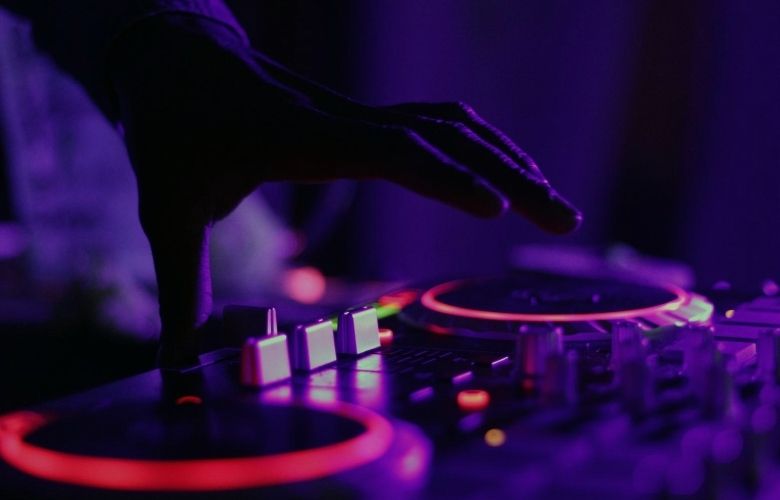
July 2020 saw the celebration of 25 years since MP3 was first christened, and the file format has had an interesting journey. We take a walk down memory lane to review the key moments of the technology’s history.
MP3 and MPEG stemmed from research that aimed to find high-quality and low bit-rate coding, which means a file that is compressed in order to be smaller but without loss of quality.
Dieter Seitzer and Karlheinz Brandenburg are the two scientists most closely associated with the creation of the MP3, and research began in 1987 with the EUREKA project EU147, Digital Audio Broadcasting (DAB). Taking place at the Fraunhofer Institut Integrierte Schaltungen research centre, the search for high-quality, low bit-rate audio coding began.
Over the course of several years, the project faced ups and downs and was almost abandoned in 1991 due to a compiler error, but luckily this was rectified.
“Without data reduction, digital audio signals typically consist of 16-bit samples recorded at a sampling rate more than twice the actual audio bandwidth (e.g. 44.1 kHz for Compact Discs). So you end up with more than 1.400 Mbit to represent just one second of stereo music in CD quality. By using MPEG audio coding, you [can] shrink down the original sound data from a CD by a factor of 12, without losing sound quality.” – The Fraunhofer-Gesellschaft firm.
MP3 is an abbreviation of ‘MPEG Audio Layer III’, and MPEG is an acronym for Motion Pictures Expert Group, which is a family of standards for displaying video and audio using compression techniques.
MPEG-1 was published in 1992 and worked as a video compression standard with low bandwidth.
MPEG-2 for audio and video followed in 1994, and this was used with DVD technology.
MPEG-3 (MP3) for audio only followed in 1996 with the issue of a US patent.
In 1997, the first successful MP3 player, the AMP MP3 Playback Engine was created by a developer called Tomislav Uzelac, but it was the porting of AMP to Windows and the creation of Winamp that really took off. Winamp became a free MP3 player in 1998, thanks to its inventors Justin Frankel and Dmitry Boldyrev.
In the years that followed, there was mass piracy as the format began to be widely used, but not strongly policed. Other MP3 players flooded the market, with the iPod being the most well-known as the world joined the digital era.
Sales of vinyl, tape and CD had declined in the 1990s, and the lowest level of sales dipped through 2004-2005. At the same time, people were downloading music in their droves, which inspired the birth of the ‘UK Singles Downloads Chart’ as a 10 week trial, and then as an established self-contained official chart.
In 2005, the charts were merged and sales of downloaded singles counted towards the UK Singles Chart as long as there was a physical copy available, and by 2006 the UK Official Download Chart had extended to include albums.
It’s been interesting to see the pros and cons of MP3 from its inception into society and how changes have had to be incorporated as new issues both good and bad arise.
The most current discussion around MP3 and downloaded music has been the recent changes in how we listen to music with the advent of streaming.
Tom Gray, musician, and writer director of PRS has been behind the #BrokenRecord campaign and recalls his first encounter with the MP3:
“I remember in the late-nineties my A&R man, opening a box and in hushed tones telling me the tiny device he held before me could hold – wait for it – 16 songs. He felt certain it would revolutionise the industry. He was right. Thanks to the MP3 player, music is the most mature digital market and should serve as warning to all other industries, regulators and governments.
“We are nearly completely captured by big tech and a few global corporations, setting tens of thousands of creators in a non-negotiable and detrimental bind. Competition law and digital strategy are not fit for purpose. The brilliantly conceived and convenient MP3 player was the alarm bell at the dawn of this cautionary tale.”
In the wake of the Covid-19 hardships many musicians have been facing, in the UK the Ivors Academy and the Musicians’ Union have formed the “Keep Music Alive” alliance and launched a petition to the Government for an industry review of streaming.
“We want greater transparency in where the money goes, and a fairer share of the pie for music creators and performers, so that music creators and performers don’t have to rely on hardship funds while major labels boast about record streaming profits.” – The Ivors Academy
Find out more: The MU Campaign
@MrTomGray on Twitter
The Human Library: Check Out Real People
Alice Smart: Interview with a London based Costume Constructor


Michelle is a musician and composer from the UK. She has performed across the UK and Europe and is passionate about arts education and opportunities for women and girls.
Read Full Profile© 2021 TheatreArtLife. All rights reserved.

Thank you so much for reading, but you have now reached your free article limit for this month.
Our contributors are currently writing more articles for you to enjoy.
To keep reading, all you have to do is become a subscriber and then you can read unlimited articles anytime.
Your investment will help us continue to ignite connections across the globe in live entertainment and build this community for industry professionals.